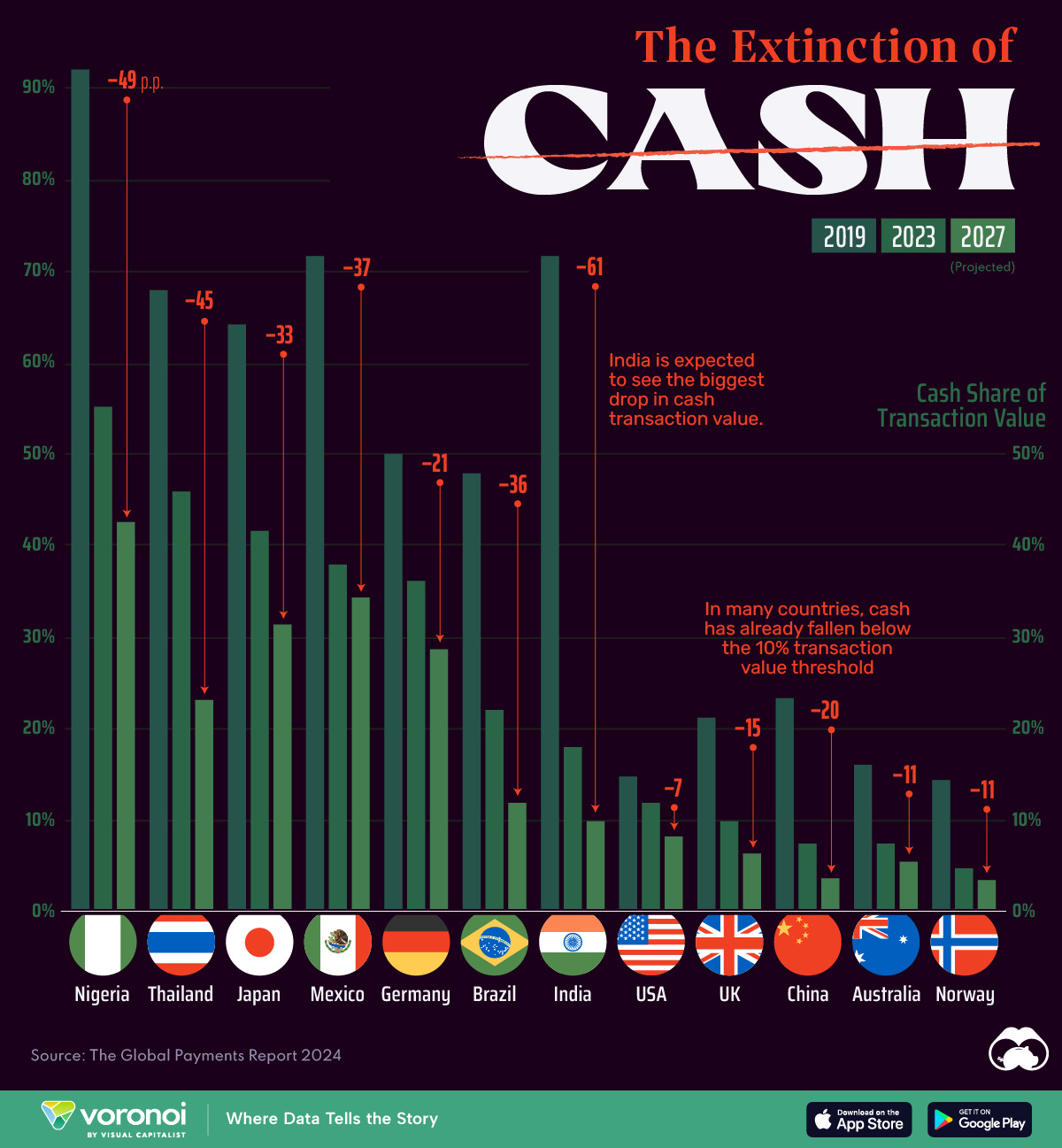📈 🏡 U.S. New Homes Reach Highest Since 2009!
Happy Wednesday all,
Rickie, I'm checking in with you. I was at a friend’s housewarming party over the weekend and must’ve gotten sick. I’m not sure if you can relate, but this is the first time I’ve been sick in a while. I used to get a really bad flu pretty much every year I was in school, but ever since I graduated and started working remotely, I don’t get sick much anymore. It’s nothing serious—it just got me thinking back to the last time I felt like this.
When was the last time you got sick? I’m curious to know.
Enjoy this week’s Hump Days!
- Humphrey, Rickie & Tim
👀 Eye-Catching Headlines
🏦 Federal Reserve says all 31 banks in annual stress test withstood a severe hypothetical downturn (CNBC)
🪪 55-year-old Americans are ‘critically underprepared’ for retirement, survey finds (CNBC)
👖 Levi’s shares drop 12% as jeans maker’s sales disappoint despite denim craze (CNBC)
✏️ Here’s What $200 Billion in Covid Money Did for Students (WSJ)
👟 Nike Bets Its China Comeback on Michael Jordan’s New $1,000 High-Tops (BBG)
🚀 China’s Spacecraft Completes Historic Mission to Moon’s Far Side (BBG)
📉 Global Diversification Has Disappointed. Don’t Give Up on It (BBG)
🔋 One in Five Public EV Chargers in the US Don’t Work, Study Finds (BBG)
The Weekly Brief
Highest Inventory of New US Homes Since 2009 Threatens Building
The U.S. housing market is facing a significant inventory buildup, with the number of new single-family homes for sale reaching 481,000 in May 2024, the highest level since 2009.
This surge in inventory, which would take 9.3 months to exhaust at the current sales rate, is raising concerns about potential cutbacks in residential construction.
Builders are expected to slow down new construction, with single-family housing starts already declining to their lowest pace since October.
This inventory glut and potential slowdown in construction activity could negatively impact the broader economy, with residential investment projected to decline in the second quarter of 2024.
Volkswagen Invests $5 Billion in EV Company Rivian
Volkswagen is investing $5 billion in a joint venture with Rivian, aiming to jointly develop electric vehicles and software.
This partnership gives VW access to Rivian's technology and expands its footprint in the U.S. market, while providing Rivian with crucial financial support amid a slowing EV market.
The deal involves an initial $1 billion investment from VW, with plans for up to $4 billion more over time.
Amazon Looking Into Opening a Direct-from-China Budget Marketplace
Amazon is planning to launch a new section on its site dedicated to low-priced fashion and lifestyle items, allowing Chinese sellers to ship directly to U.S. consumers.
This move is aimed at countering growing competition from e-commerce rivals Temu and Shein, which have gained popularity due to their low prices.
The new storefront will feature unbranded items, many priced under $20, with Amazon shipping products directly from China to the U.S. in 9-11 days.
This initiative represents Amazon's most aggressive attempt yet to compete in the low-cost, fast-fashion market dominated by Chinese sellers.
SpaceX is Building a Craft to Destroy the International Space Station
NASA has awarded SpaceX an $843 million contract to develop the U.S. Deorbit Vehicle, a spacecraft designed to safely guide the International Space Station (ISS) to its destruction upon reentry into Earth's atmosphere in 2030.
This decision comes as the ISS approaches the end of its operational life, with plans for new privately owned space stations on the horizon.
The SpaceX-built vehicle will be responsible for ensuring the controlled deorbit of the football field-sized research lab, avoiding risks to populated areas.
While details about the spacecraft's design remain limited, it will differ from SpaceX's existing Dragon capsules, as NASA will take ownership of the vehicle post-development.







